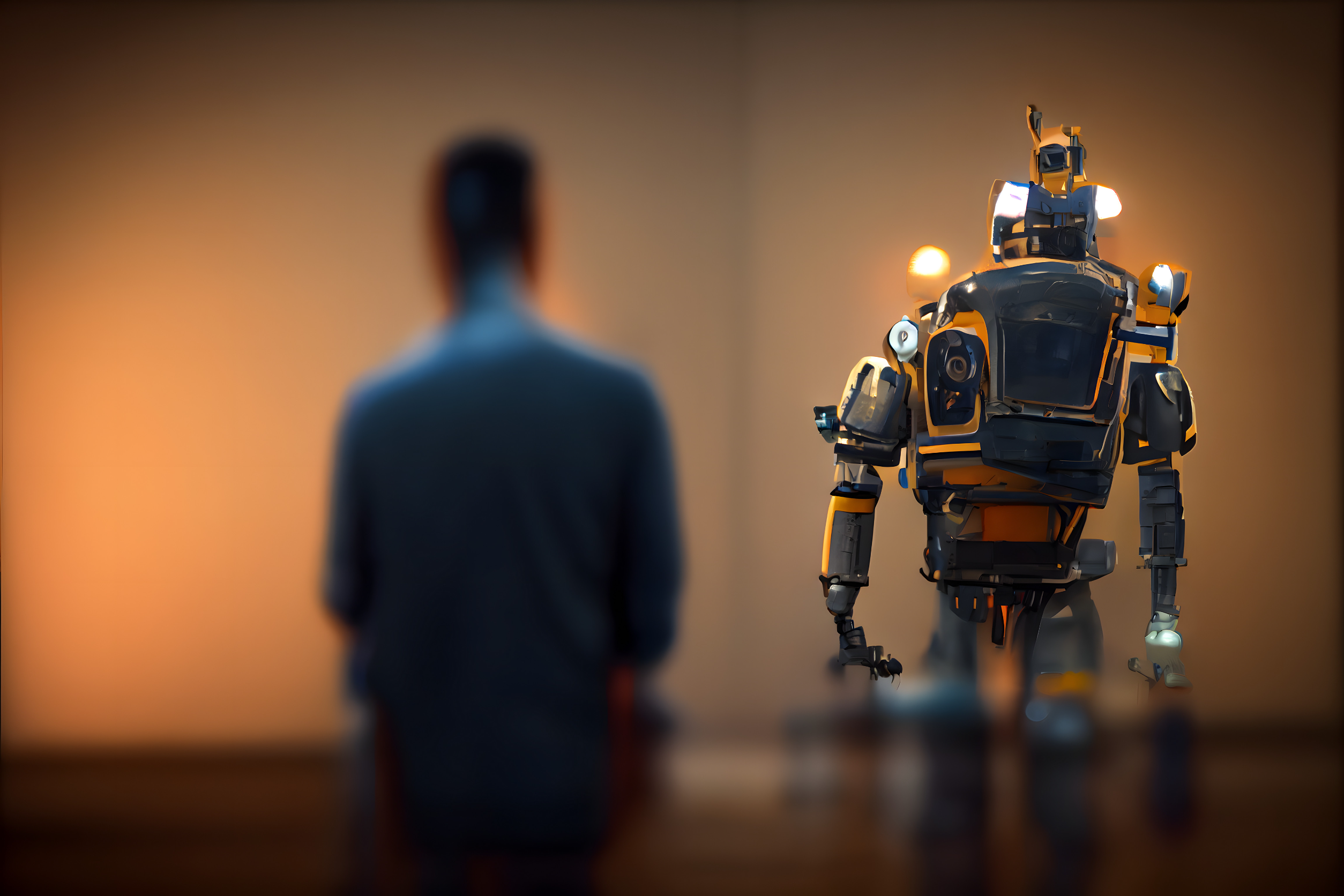Looks matter: How a robot’s design affects mental wellbeing coaching
- Josephine Tan

Robots could be a valuable asset to promote mental wellbeing in the workplace, but the perception of their effectiveness depends largely on their appearance.
In a study, two robot wellbeing coaches were utilised by a team of researchers from the University of Cambridge to guide 26 employees through weekly robot-led wellbeing sessions for four weeks. The robots had the same scripts, facial expressions, and voices, but their physical appearance impacted how participants interacted with them. Participants who were paired with a toy-like robot reported feeling a strong connection with their coach than those who worked with a humanoid-like robot.
The researchers said that popular culture shapes perceptions of robots and the only limit on what they can do is the imagination. However, in the real world, robots often fall short of expectations. Since the toy-like robot looks simpler, participants may have had lower expectations and ended up finding the robots easier to talk and connect with. Participants who worked with the humanoid robot found that their expectations did not match reality, since the robot was not capable of having interactive conversations.
READ: Employees in Australia show mixed trust in workplace AI
Hatice Gunes, Professor of Affective Intelligence and Robotics at the University of Cambridge, and lead researcher of the study, said, “It’s incredibly difficult to create a robot that’s capable of natural conversation. New developments in large language models could really be beneficial in this respect. The robot can serve as a physical reminder to commit to the practice of wellbeing exercises. And just saying things out loud, even to a robot, can be helpful when you’re trying to improve mental wellbeing.”






